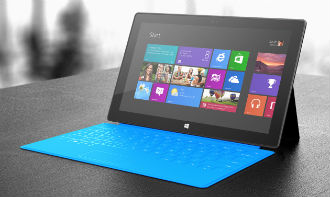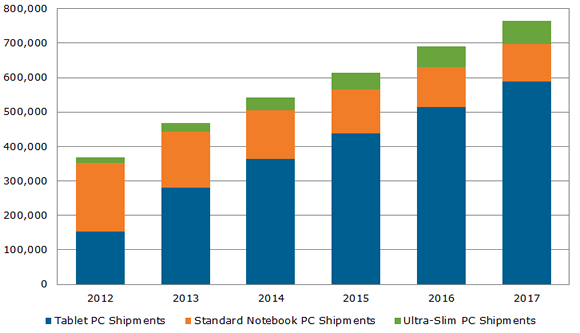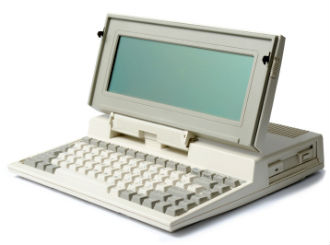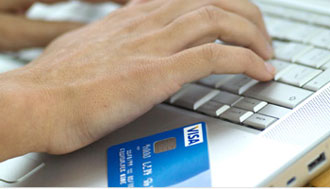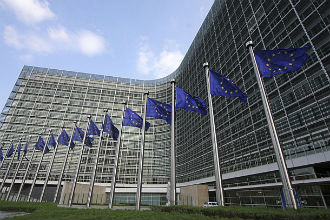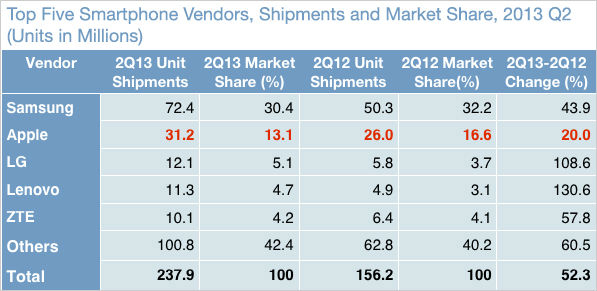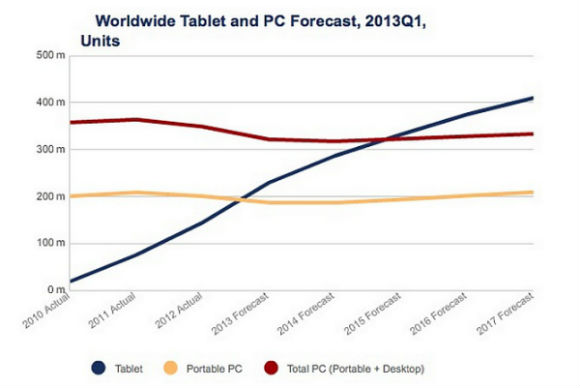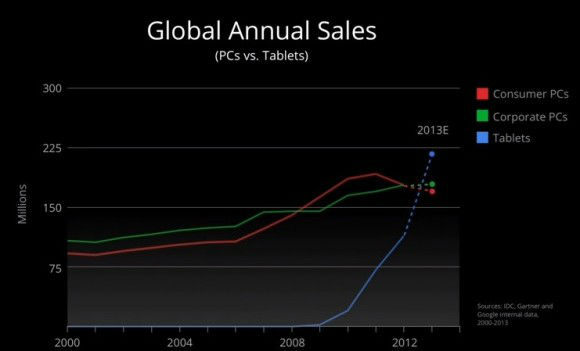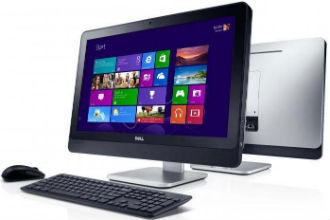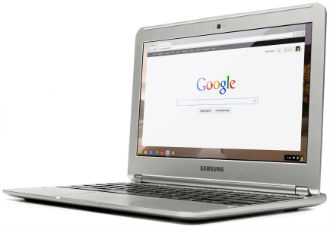 Chromebooks are relatively new devices and they have yet to make their mark, but Forrester Research believes they have what it takes to make their presence felt in enterprise markets.
Chromebooks are relatively new devices and they have yet to make their mark, but Forrester Research believes they have what it takes to make their presence felt in enterprise markets.
Although sales are still relatively low, bear in mind that Chromebooks are going after a limited niche market and that market does not include businesses, at least not for the time being.
However, Forrester’s latest Chromebook report concluded that businesses should rethink their approach to Chromebooks. At the moment only 28 percent of enterprises have some interest in Chromebooks, while 82 percent are interested in laptops. Despite the not-so-encouraging figures, Forrester’s research shows that there are a number of circumstances where Chromebooks may trump PCs, Macs and tablets in a business setting.
First of all Chromebooks are relatively cheap and they could be offered to specific classes of workers in a mixed environment with PCs and tablets, all at a relatively low cost. They are also a good fit for organizations that have adopted Gmail and other Google apps and services. Lastly, organizations that plan to deploy devices in a customer-facing think kiosk setting should be interested in Chromebooks.
Analyst J.P. Gownder argues that Chromebooks offer the prospect of radically reducing the amount of time IT staff spends keeping the devices going. Instead of wasting time on installing software and creating images on laptops, the techies could be freed up to do something a bit more productive. Due to their simplicity and reliance on Google’s cloud-based services, Chromebooks offer high uptime, low service costs and scalable deployment.
Windows and Microsoft Office have been a staple of businesses for decades, but Chromebooks might have what it takes to disrupt Redmond’s (strangle) hold on the market. They are cheap to procure, easy to deploy and even easier to maintain. Although many punters still view Chromebooks as a cosumerish replacement for netbooks, these advantages could transform them into a viable alternative to proper laptops in a number of settings.
